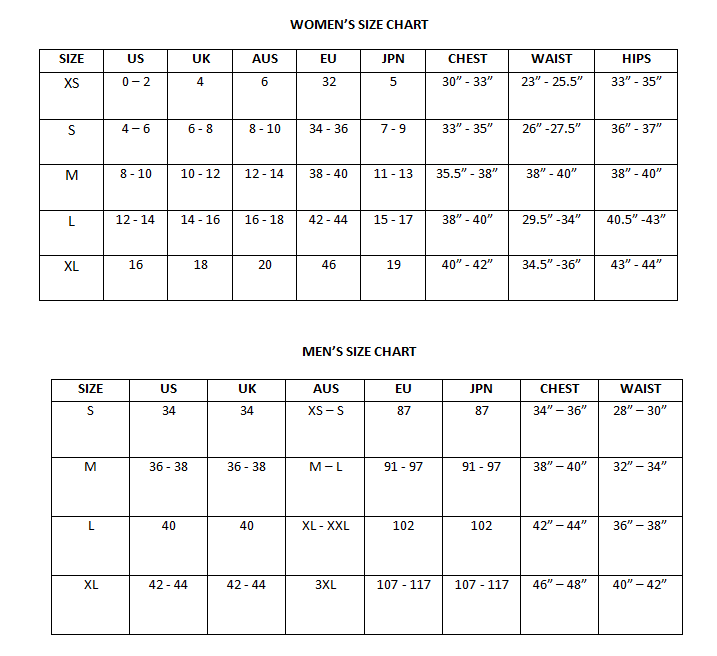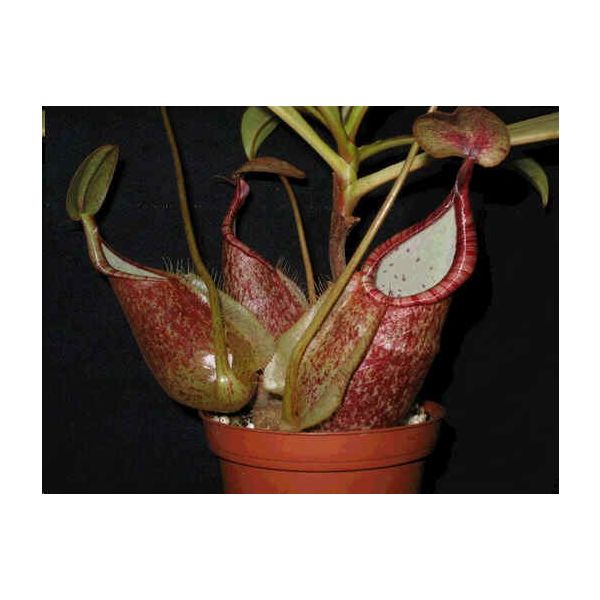Nepenthes Rafflesiana (Lowland Nepenthes Seeds)
Nepenthes Rafflesiana (Lowland Nepenthes Seeds)
Shape and color can vary from a plant to another.

Delivery
All orders shipped with UPS Express.
Always free shipping for orders over US $250.
All orders are shipped with a UPS tracking number.
Returns
Items returned within 14 days of their original shipment date in same as new condition will be eligible for a full refund or store credit.
Refunds will be charged back to the original form of payment used for purchase.
Customer is responsible for shipping charges when making returns and shipping/handling fees of original purchase is non-refundable.
All sale items are final purchases.
Help
Give us a shout if you have any other questions and/or concerns.
Email: contact@domain.com
Phone: +1 (23) 456 789
Availability: Out of stock
SKU
Nepenthes Rafflesiana
Nepenthes Rafflesiana is a very widespread lowland species. It is common in Borneo and parts of the Riau Archipelago, but has a restricted distribution in both Peninsular Malaysia and Sumatra. It is only widespread in the southeastern region of the Malay Peninsula, particularly in the state of Johor, where it is relatively abundant. N. Rafflesiana has only been recorded from the west coast of Sumatra, between Indrapura and Barus.
Nepenthes Rafflesiana is an unusually variable plant. While only few forms are formally described, the pitcher shape and color can vary so widely that the extremes look like completely different species. Even the lower and upper pitchers differ very much. Constant in all forms are the shape of the lid and of the peristome which ends in a long neck at the back and is largest just below the lid. In upper pitchers it is characteristically raised in the front part.
NepenthesRafflesiana is a scrambling dioecious vine. The stem may climb to a height of 15 m and is up to 10 mm thick. The internodes are up to 20 cm long and the tendrils may be over 110 cm long. The pitcher coloration varies greatly from dark purple to almost completely white. The typical form of N.Rafflesiana is light green throughout with heavy purple blotches on the lower pitchers and cream-colored aerial pitchers.
The lower pitchers of N. Rafflesiana are bulbous and possess well-developed fringed wings. These terrestrial traps rarely exceed 20 cm in height, although the giant form of N.Rafflesiana is known to produce pitchers up to 35 cm long and 15 cm wide. The upper pitchers are funnel-shaped and often bear a distinctive raised section at the front of the peristome. Both types of pitchers have a characteristically elongated peristome neck that may be 3 cm or more in length.
The inflorescence is a raceme and grows between 16 and 70 cm tall. The red or purple flowers usually occur singly, or sometimes in pairs, on each flower-stalk. The young plants are wholly covered with long, caduceus, brown or white hairs. Mature plants often have a sparse indumentums of short, brown hairs, though they may be completely glabrous.
Though the different variations can mix, they usually stay apart even if they grow together. Exceptions can result in very interesting plants. Ants often visit the pitchers but the plant seems not to be specialized in prey. The pitcher fluid is of a conspicuously viscous consistence.
Whoever has seen this plant in a living state must undoubtedly be constrained to consider it as one of the most astonishing productions of the whole vegetable kingdom. The resemblance that a portion of it bears to our more familiar domestic utensils leaves a lasting impression on the minds of spectators that is not easily eradicated; it is the largest and most magnificent of the genus, far surpassing any hitherto known in Europe.
Hardiness zones :
11(4c/40f) NepenthesRafflesiana is a common plant in lowland areas of northwestern Borneo, especially in Brunei. It can be found as a pioneer in many degraded areas with wet, sandy soils and peat swamp forests. It grows at elevations ranging from sea level to 1,200 m. It is commonly recommended as a "first plant" to new Nepenthes growers. The plant should be grown in shaded conditions, diffuse sunlight, or in a large grow chamber under artificial lights.
| Common name | Raffles' Pitcher-Plant |
|---|---|
| Species | Nepenthes rafflesiana |
| Germination | The Nepenthes seeds should be started on chopped live sphagnum moss in very damp but not wet conditions. If the sphagnum starts to overgrow the seeds, pinch it back with a forceps. Sow the N. Albomarginata seeds, on the surface, very sparingly. It is best to spray the sown seed with a fungicide to help keep the seeds from molding. Cover the pots or place them in plastic bags in warm, 32øC (90øF) plus temperatures. They should be in light shade or under fluorescent lights. Germination can take from 4 weeks to almost a year. Most seedling Nepenthes are lost soon after germination. For the best survival rate, transplant the seedlings on the week of germination. If transplanted with care and spaced about 1 to 2 cm apart in live sphagnum, fungus and desiccation problems are greatly reduced. Transplant the seedlings as they just begin to overgrow each other or their pots. Short day periods and cool temperatures are the most dangerous for the plants. Try to keep them warm and humid but not stagnant and wet. Watering and misting should be performed frequently, and preferably with distilled water, to avoid mineral build-up that is not only unsightly but that may damage the delicate roots of Nepenthes (and most other carnivorous plants). Standing water is inadvisable. A wet, well-draining potting medium is a necessity. Methods of feeding are varied - some growers feed freeze-dried bloodworms or Koi pellets (both available in the fish section of most pet stores); others prefer orchid mixes. No carnivorous plant should ever be fed mammalian meat - this will result in not only an unpleasant smell but also the probable rotting of the pitcher and potential death of the plant. The digestive enzymes present have not evolved to handle large prey items, and the rotting material gives opportunistic bacteria and fungi a chance to take hold. Germination can take longer. Be patient! |
| Price View | Price Range |

